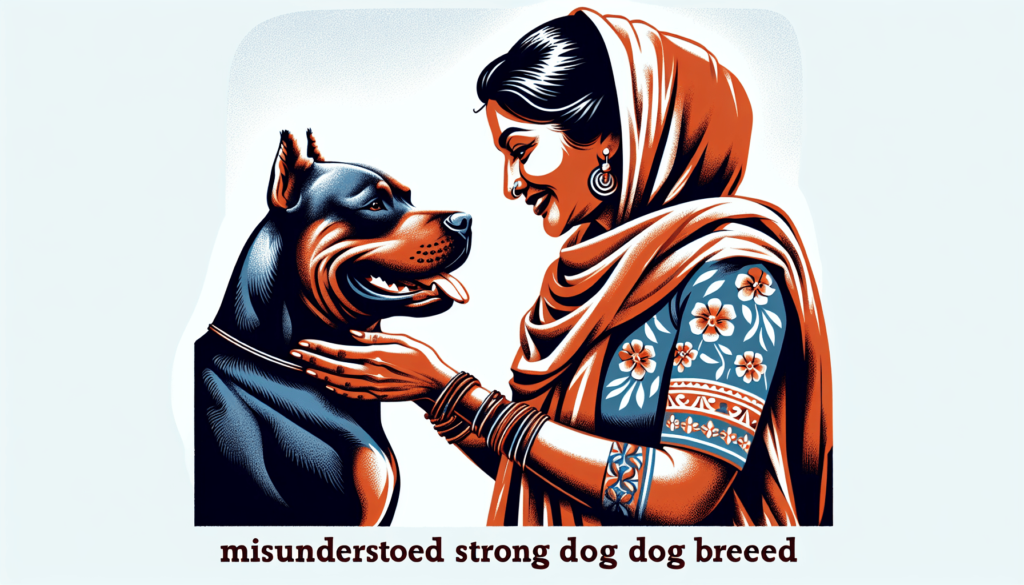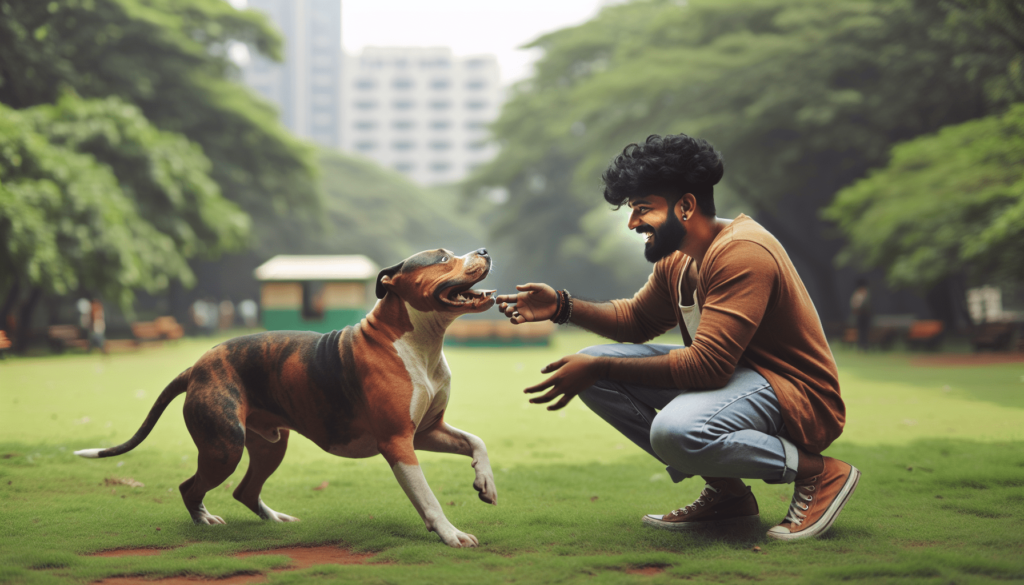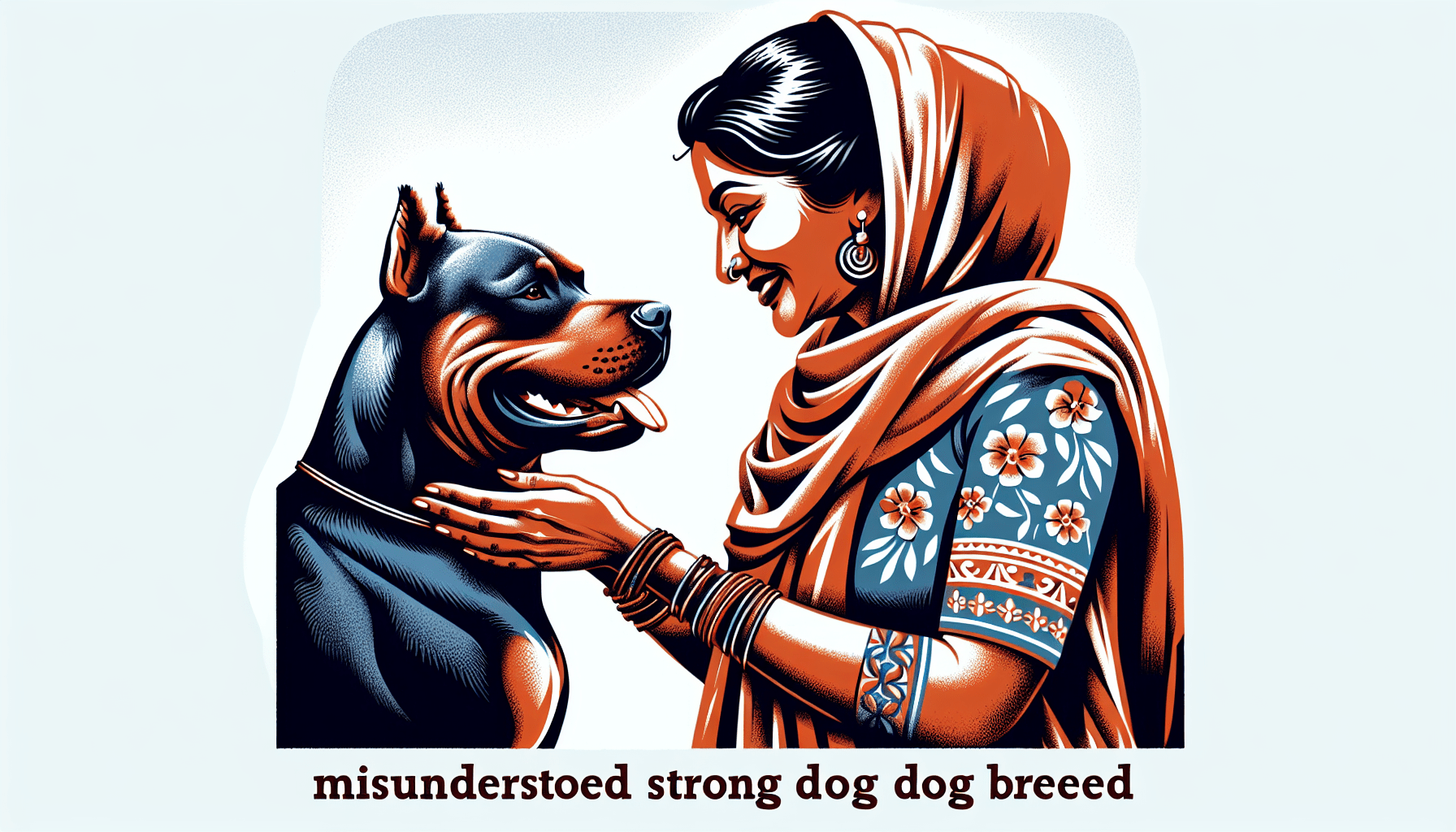Have you ever wondered why certain dog breeds are associated with stigma? In this article, we will delve into the reasons behind the negative perceptions surrounding specific breeds of dogs and how these stereotypes affect both the animals and their owners.

The Role of Media in Perpetuating Stigma
Media plays a significant role in shaping public perceptions of different dog breeds. Certain breeds are often portrayed in a negative light in movies, television shows, and news reports. For example, pit bulls are frequently depicted as aggressive and dangerous dogs, which has led to widespread fear and discrimination against this breed. Remember, it’s essential to look beyond the stereotypes and consider each dog as an individual.
How You Can Challenge Media Portrayals
You can challenge media portrayals of certain dog breeds by advocating for fair and accurate representation. Share positive stories about misunderstood breeds on social media, and educate others about the importance of judging dogs based on their individual personalities rather than stereotypes. By spreading awareness and promoting understanding, you can help combat stigma in your community.
Breed-Specific Legislation and Its Impact
Breed-specific legislation (BSL) refers to laws and regulations that target specific breeds of dogs deemed to be dangerous. These laws often ban or restrict ownership of breeds such as pit bulls, Rottweilers, and Doberman Pinschers. While the intention behind BSL is to reduce dog attacks and protect public safety, research has shown that such policies are ineffective and can lead to increased stigma against certain breeds.
The Unintended Consequences of BSL
BSL can have unintended consequences, such as forcing responsible dog owners to give up their beloved pets or driving these breeds underground. Additionally, BSL promotes the misconception that a dog’s breed determines its behavior, rather than individual factors such as socialization and training. It’s vital to advocate for breed-neutral laws that focus on responsible pet ownership and prevention of dog bites.
Breed-Specific Stereotypes and Discrimination
Certain dog breeds face discrimination based on stereotypes that have been perpetuated over time. For example, pit bulls are often labeled as inherently aggressive and dangerous, leading to housing restrictions, insurance challenges, and negative public perceptions. It’s crucial to challenge these stereotypes and recognize that any dog, regardless of breed, has the potential to be a loving and loyal companion.
How to Combat Breed-Specific Discrimination
Combatting breed-specific discrimination starts with education and advocacy. Be an informed advocate for misunderstood breeds by sharing accurate information about their history, temperament, and behavior traits. Encourage others to interact with dogs of all breeds to dispel myths and promote understanding. Remember, every dog is an individual, deserving of love and respect irrespective of its breed.
The Importance of Responsible Ownership
Ultimately, responsible ownership plays a critical role in shaping a dog’s behavior and overall well-being. Proper socialization, training, and care are essential for all breeds to thrive and live harmoniously in society. It’s crucial for dog owners to understand their pets’ needs and provide a safe and nurturing environment for them to flourish.
Tips for Responsible Dog Ownership
Ensure that your dog receives regular veterinary care, nutritious food, exercise, and mental stimulation. Practice positive reinforcement training methods and set clear boundaries for your pet. Always supervise interactions between your dog and others, and be a responsible ambassador for your breed by demonstrating good manners and behavior in public.

Breaking Down Breed-Specific Myths
Many breed-specific myths have contributed to negative stereotypes surrounding certain dog breeds. For example, Siberian Huskies are often incorrectly labeled as escape artists due to their exceptional intelligence and independent nature. By debunking these myths and educating others about the true characteristics of different breeds, we can help eliminate stigma and promote a more positive perception of all dogs.
Challenging Common Misconceptions
Challenge common misconceptions about specific dog breeds by sharing accurate information and personal experiences. For instance, showcase your well-behaved Pit Bull or Doberman Pinscher to demonstrate that breed does not determine temperament. Encourage others to interact with different breeds of dogs to appreciate their unique qualities and characteristics.
Promoting Inclusivity and Respect for All Breeds
In a society that often judges dogs based on their appearance or breed, it’s essential to promote inclusivity and respect for all types of dogs. Every dog, regardless of its breed or background, has the potential to bring joy, companionship, and love into our lives. By embracing diversity and celebrating the unique qualities of each dog, we can create a more compassionate and understanding community for both humans and animals.
Embracing Diversity in the Canine World
Embrace the diversity of the canine world by interacting with dogs of all breeds and backgrounds. Attend dog events and training classes to meet a variety of breeds and learn about their individual traits and characteristics. Encourage others to appreciate the beauty and uniqueness of each dog, regardless of its breed, size, or appearance. Remember, all dogs deserve love and respect, no matter their breed.
In conclusion, understanding the stigma around certain dog breeds requires challenging stereotypes, advocating for breed-neutral legislation, promoting responsible ownership, and embracing diversity in the canine world. By educating ourselves and others about the true nature of different breeds, we can help combat stigma, promote inclusivity, and create a more compassionate and understanding society for all dogs and their owners. Let’s work together to break down barriers, dispel myths, and celebrate the diversity of dogs in our communities.

